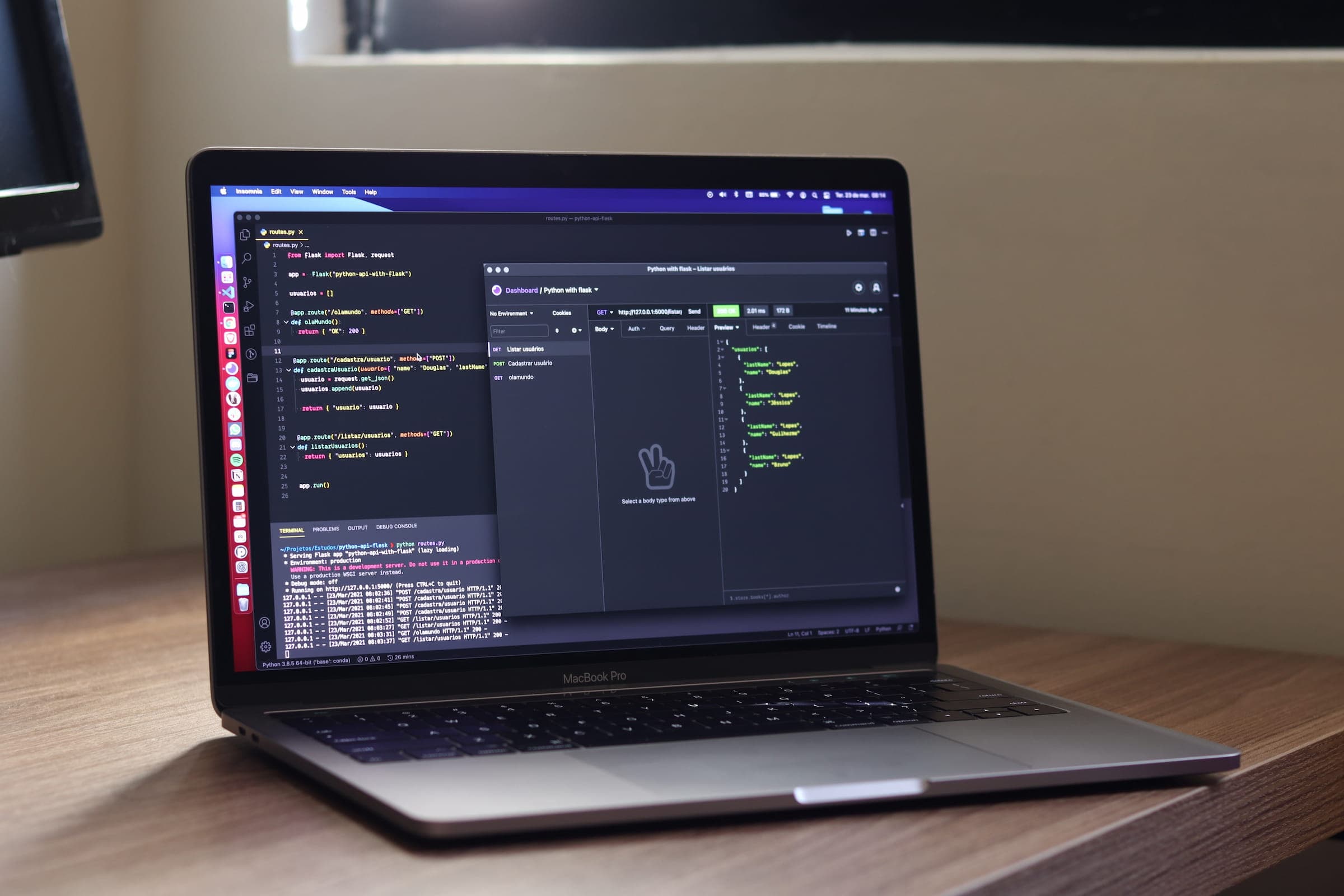The Future of Web Development: Key Predictions for 2023
by Chelsea Hagon, Senior Developer
1. AI-Assisted Development
The rise of AI-powered tools like GitHub Copilot has redefined how developers approach coding. Introduced in 2022, Copilot integrates advanced AI assistance directly into the developer’s workflow, offering suggestions and auto-completing code in real time.
In 2023, we expect AI-assisted development tools to become more sophisticated and widely adopted. These tools will enhance productivity by reducing time spent on repetitive tasks and debugging, ultimately allowing developers to focus on more complex problem-solving.

The impact of AI on web development will also extend to educational resources. Developers will rely less on traditional documentation, such as MDN, and more on AI-based solutions for real-time assistance.
2. Evolving Rendering Patterns
Decisions around rendering patterns continue to evolve, and in 2022, frameworks like Next.js and Vercel introduced more flexible server rendering options. Developers can now choose between static generation, server-side rendering (SSR), and client-side rendering at a more granular level, allowing for performance optimization per component.
In 2023, rendering strategies will continue to diversify, with a focus on delivering highly performant applications. We anticipate the rise of advanced techniques such as streaming SSR and progressive hydration becoming more prevalent, enabling developers to further enhance user experiences across complex applications.

As these patterns mature, roles like "Rendering Engineers" will emerge to specialize in optimizing these advanced strategies, further advancing the field of front-end development.
3. New JavaScript Runtimes
The introduction of new JavaScript runtimes such as Deno and Bun has created additional choices for developers. These new runtimes are designed to offer better performance, security, and modern features that challenge the dominance of Node.js.
With the launch of these platforms, we can expect developers to adopt even faster runtimes that cater to specialized use cases, such as IoT devices and edge computing. For instance, Deno’s focus on security and Bun’s emphasis on speed have already pushed the boundaries of what JavaScript can achieve in various environments.

In 2023, we predict more JavaScript runtimes designed for specific use cases, streamlining development for a wider array of devices and networks. This will further accelerate web performance and open new possibilities in serverless computing and beyond.